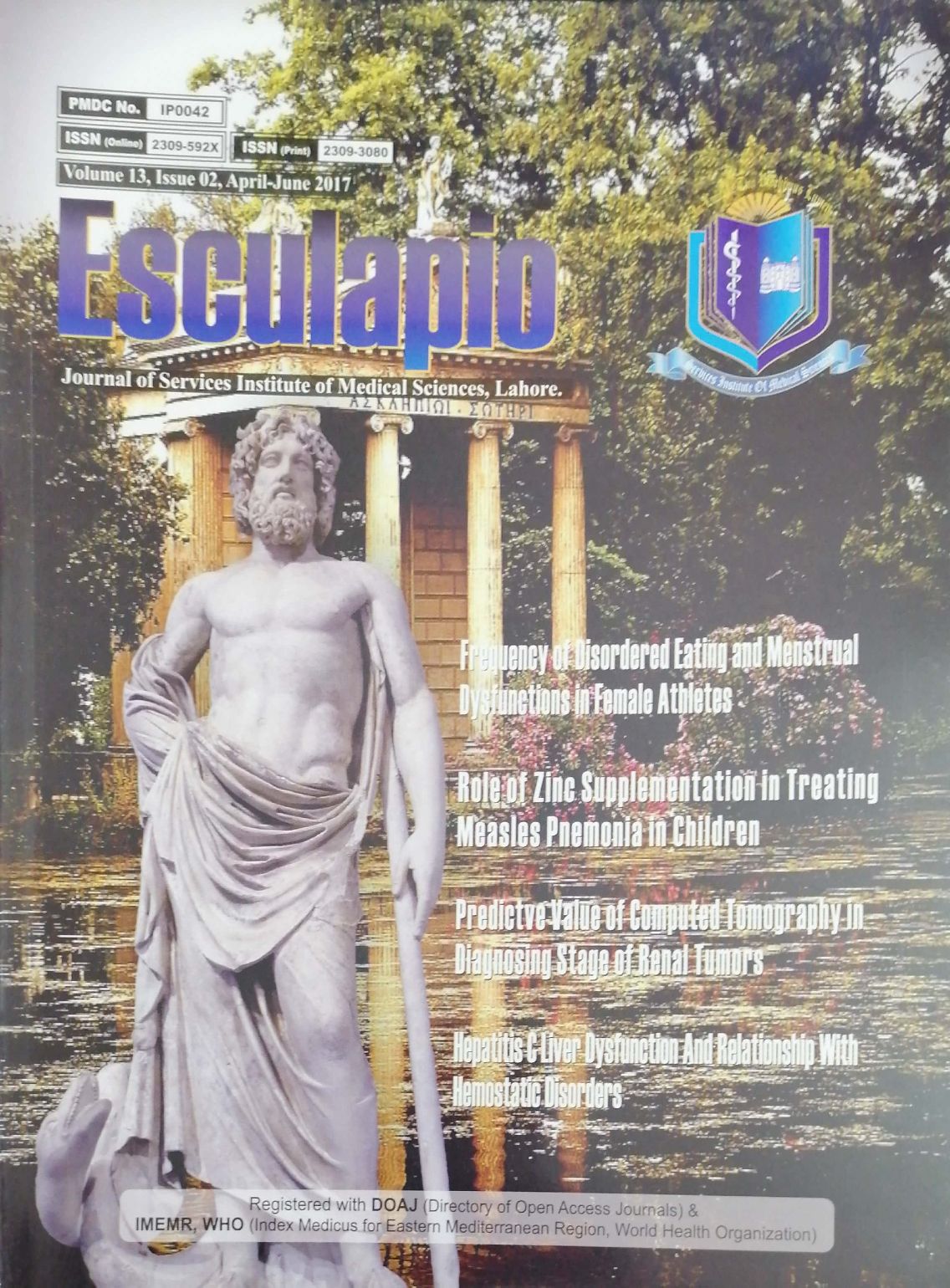To Evaluate Optometric Management of Hyperopia in Children
DOI:
https://doi.org/10.51273/esc17.71328Keywords:
hyperopia, children, management, myopia, refractionAbstract
Objective: To evaluate optometric management of hyperopia in children. Main outcome
measures were:
1. To find out best treatment modality in hyperopia Subjects.
2. Relationship among age, vision and amount of hyperopia.
3. Modification of correction according to ocular motility.
Methods: This institutional based cross sectional study was conducted in College of
Ophthalmology & Allied Vision Sciences in the Pediatric Optometry Room of Eye Department of
Mayo Hospital Lahore, during the months of January to March 2016. The study included 100
Subjects of both genders having age group birth to 12 years by using non-probability convenient
sampling technique. Subjects were subjected to visual acuity, pinhole visual acuity, cover uncover
test, Hirschberg's test or torch examination, cycloplegic refraction(using cyclopean eye drops)
and PMT if required. A frequently used prescription plan was used based upon the criteria of age,
vision, fundus examination, strabismus (esotropia) and ocular motility.
Results: According to the results of this study 62% Subjects accepted the full correction, 30%
Subjects accepted partial correction and 8.0% were those who accepted partial correction with
full correction on follow up. Vision assessment of children in age groups from birth to 3 years was
not possible, 4 to 6 years had visual acuity of 6/36 to 6/24, 7 to 9 years were having 6/36-6/12 and
10 to12 years were having 6/18 to 6/12. Children in age group from birth to 6 years were highly
hyperopic (+4.25D to +7.00D or>+7.00D) and from 7 to 12 years were low hyperopic (+0.25D
to+4.00D). 66% hyperopes were amblyopic.
Conclusion: It was concluded that the best treatment modality was full correction. Almost all the
esotropia with hyperopia were given full correction. Age, vision and amount of hyperopia are
highly correlated to each other. Modification of correction should be done according to ocular
motility, age and vision










